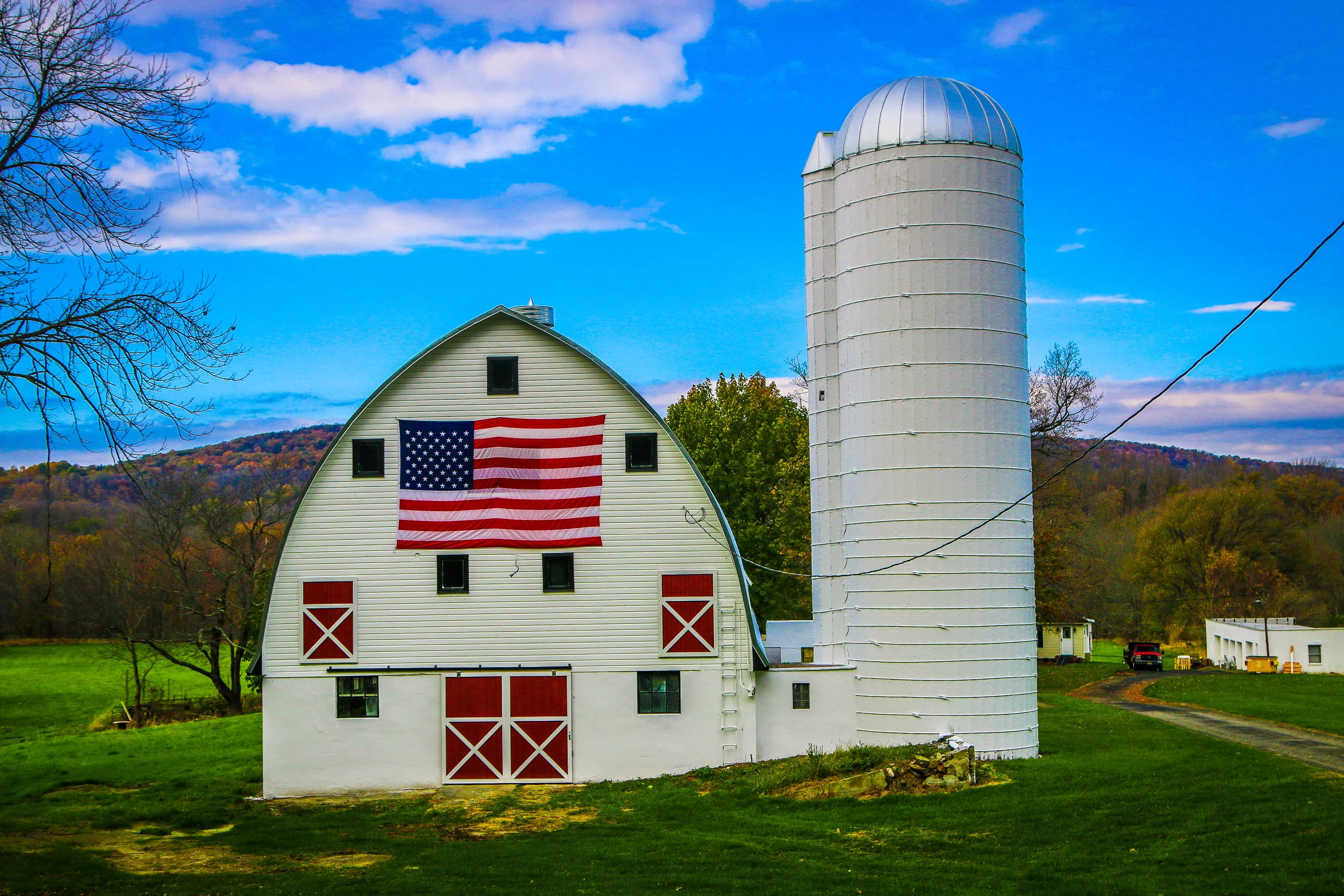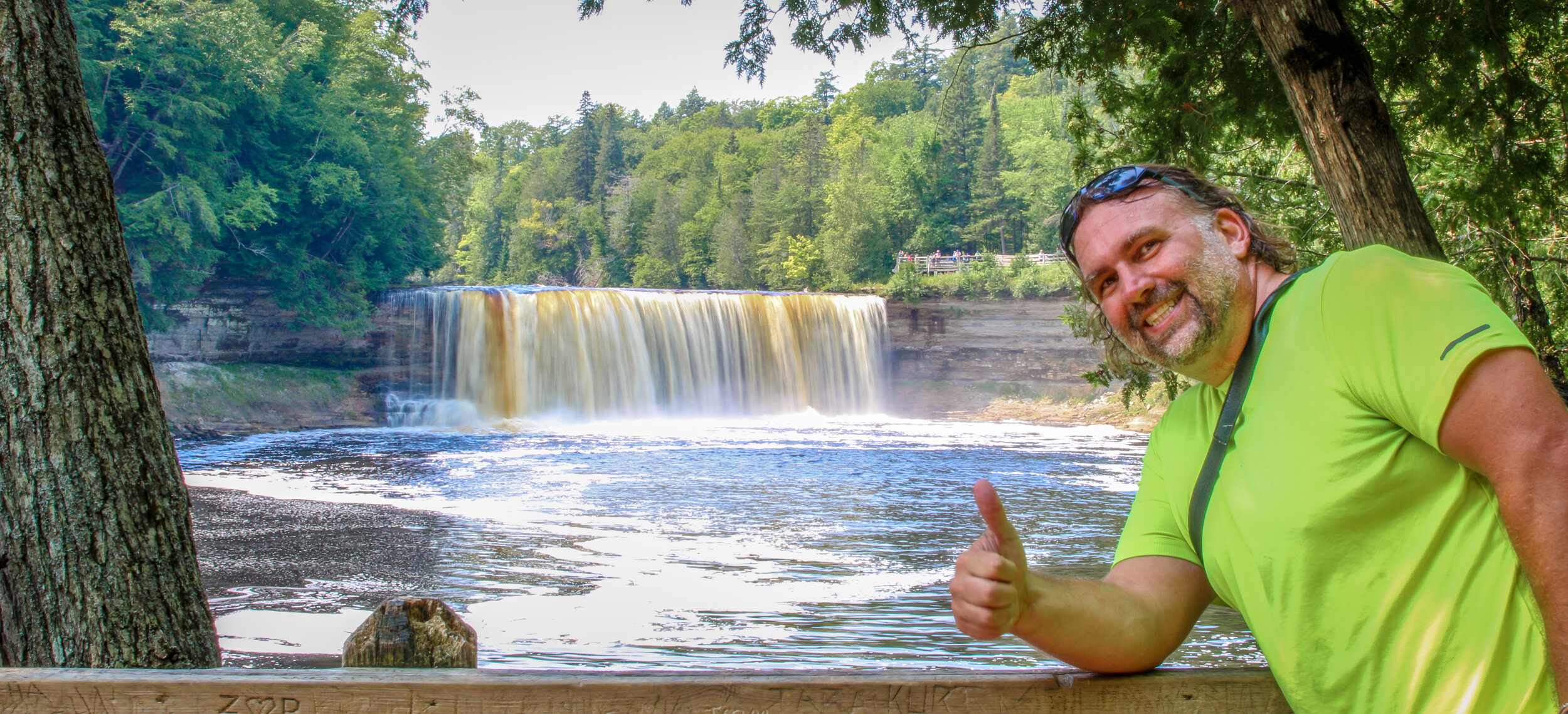Hello everyone and a very Happy Thanksgiving to all of my American friends out there. I have made it to my dad’s place in Charleston, West Virginia for Turkey Day and will be here through the weekend. It’s nice to be in out of the cold and with my family and I’m looking forward to a few weeks off the road before setting off again early next year. This week has been about making my way east, catching up with friends, warming up at some of the Midwest’s finest tiki bars and catching some great (and not so great) live music along the way. I’ve slept a lot this week as the long nights and cold weather have inspired early bedtimes and late mornings, but I’m also coming down from a busy 6 months on the road and need a little extra sleep. When I pulled out of Minnesota, I considered my 3 state mission complete and shifted my focus to some down time. I still have plenty of photos to get to and a podcast that’s been gathering dust, but it was time to enjoy myself and the long ride home. It hasn’t been the busiest of weeks, but I’d love to share with you what I’ve been up to.
When I left off last week I was in Milwaukee and headed out with my cousins for the evening. Sadly, one of the two of them had just gotten her booster shot and was not feeling up to it, so it turned out to be just myself and Emmalyn and we joined her husband, Brian, a little later in the evening. It was great to see them and hear what they’ve been up to these last few months. I’m very grateful for the time they’ve shared with me this summer. While we’ve been Facebook friends for years and kept in touch that way, it’s nice to connect with them and know more about that side of my family.
Thursday I woke up to snow swirling around my van. I hit the gym and then headed to the grocery store in the morning to pick up some things for my dad. He grew up in Milwaukee, so I wanted to get him some brats, sausage, cheese, a Racine kringle and a few other things from his home state since I was on my way to see him. I also picked up some New Glarus beer (which you can’t buy outside the state) to share with my friends back at home. Then I headed south to Illinois and stopped at the library to get some work done and let the traffic in Chicago die down. I knew I would be up late in the Windy City, so I also took a nice long afternoon nap. When I got up, I ordered a deep-dish, Chicago style pizza from Pequod’s on the recommendation of one of my Chicago friends. Chicago pizza takes about 45 minutes to cook, so I ordered it before I left and then headed on down to the city. It wasn’t quite ready when I got there, so I got it right out of the oven which was the plan. I really love Chicago style pizza, and while I don’t think this was the best one I’ve ever gotten, it was still really good. With a couple of slices of pizza in me, I headed on to Kingston Mines, Chicago’s oldest and largest blues club. They have live blues on two alternating stages 365 days out of the year and are always a great bet for good music in Chicago. I was happy to find the club alive and well after having not been there for many years and I was happy to see many young people in the audience as Blues usually attracts an older crowd. Some young theatre kids were even showing off their dance moves which was fun, although one couple looked more like they were having synchronized seizures than dancing. The music was great on both stages and I would have loved to stay until their 3am closing time, but I knew that wasn’t going to be a good idea under the circumstances. The best time to get through the city of Chicago is between midnight and 5am, so I only had two beers while I was at the club and headed south just after twelve. From Lincoln Park, which is on the north side of Chicago, all the way to the Indiana border only took me 35 minutes which is a near miracle. The road along the Lake Michigan shoreline was clear and quick and I enjoyed nighttime views of downtown and the Navy Pier. While I got to bed pretty late, I knew it had saved some serious time for the next day so I wasn’t too worried about it.
Friday morning I headed out to Indiana Dunes National Park on the south shore of Lake Michigan. It was great to see the lake again and I enjoyed a visit to the Century of Progress Homes in the park. These model homes were on display at the 1933 World’s Fair in Chicago and then were moved via barge across Lake Michigan and set up on the shoreline there.













